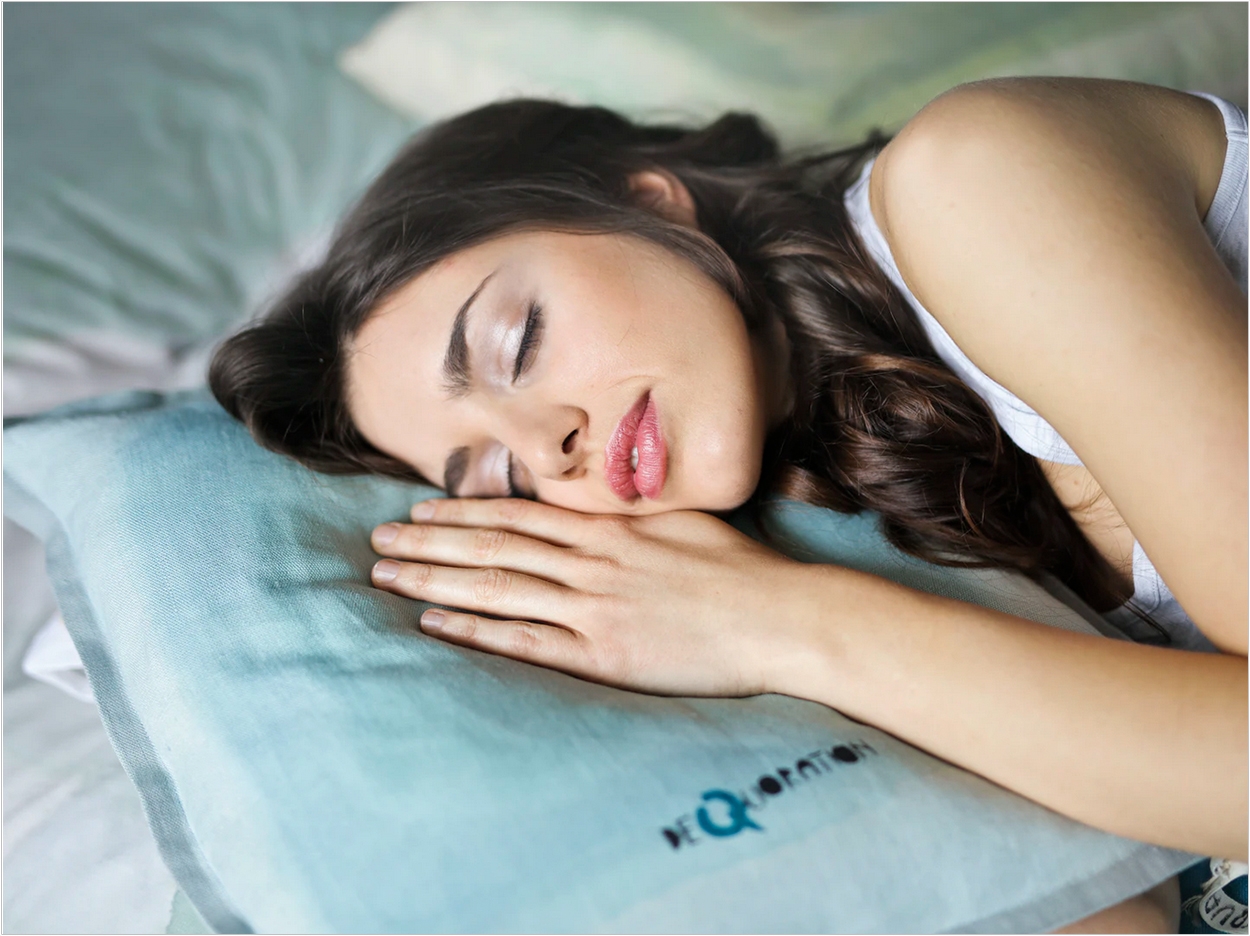
Facial features analyzed from 3-D photographs could predict the likelihood of having obstructive sleep apnea (OSA), according to the Centre for Sleep Science at the University of Western Australia (UWA).
Using 3-D photography, the study found that geodesic measurements, which are the shortest distance between two points on a curved surface, predicted with 89% accuracy which patients had sleep apnea. Using traditional 2-D linear measurements alone, the algorithm’s accuracy was 86%.
“This application of the technique used predetermined landmarks on the face and neck,” said principal investigator Peter Eastwood, PhD, director of the Centre for Sleep Science.
“Geodesic and linear distances between these landmarks were determined, and a linear discriminant algorithm was trained, tested, and used to classify an individual as being at high or low risk of having obstructive sleep apnea,” said Eastwood.
The study involved 300 individuals with varying severity of sleep apnea and 100 people without sleep apnea. These subjects came from a local hospital and from the Raine Study, a longitudinal cohort study in Western Australia.
All of the subjects underwent overnight sleep studies and took 3-D photos with a craniofacial scanner system. Data was used to build a predictive algorithm that was tested on another patient set.
Eastwood worked with Syden Zulqarnain Gilani, PhD, a computer scientist at UWA, to identify the facial features most commonly associated with sleep apnea as neck width and degree of retrusion of the lower jaw (retrognathia), but the study also uncovered other possible indicators.
“The data obtained from the present study indicate that other measurements such as width and length of the lower jaw, width of the face, and distance between the eyes also contribute to distinguishing individuals with and without OSA,” said Eastwood.
Ofer Jacobowitz, MD, PhD, of ENT and Allergy Associates in New York City and Stuart McKay, MD, of the University of Wollongong School of Medicine, see a bright future for 3-D photography as a screening tool, potentially combined with data from a patient’s digital health tracker and health history.
Already, some wearable devices can measure pulse oximetry and provide oximetry variability analysis, they said. Similarly, in the future, people may have sensors that gather physiological sleep data using optical, acoustic, infrared, ultrasonographic, or other means in their bedrooms, they added.
According to Eastwood, existing studies show a genetic predisposition to sleep apnea, and facial structure is a significant component of such predisposition, leading researchers to seek an accessible, affordable method of screening based on facial characteristics.
Eastwood believes that 3-D facial photography could represent the first inexpensive and widely available screening tool for sleep apnea.
“OSA is a huge public health problem, and despite effective treatments being available, many with OSA are currently undiagnosed,” said Eastwood. “Therefore, simple, accurate screening tools are needed to predict those who have OSA.”
The study, “Predicting Sleep Apnea from 3-Dimensional Face Photography,” was published by the Journal of Clinical Sleep Medicine.
Related Articles
Sleep Apnea Linked With Diabetic Macular Edema
MMA Surgery Improves Long-Term Quality of Life for Apnea Patients
Sleep Apnea Linked With Alzheimer’s Disease Biomarker


